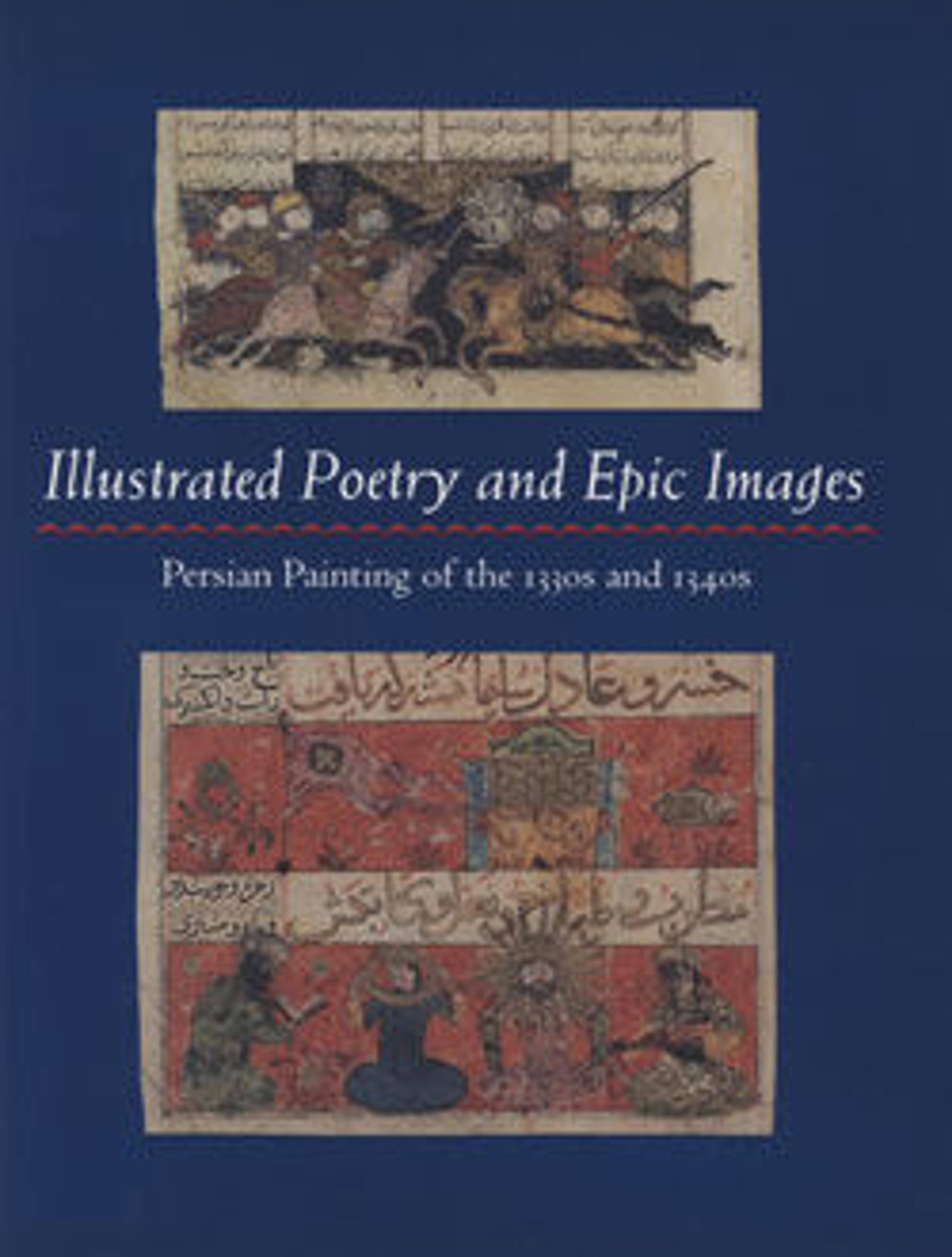"Zal in the Simurgh's Nest", Folio from a Shahnama (Book of Kings)
Left in the wilderness as a baby because his father Sam thought his white hair was an attribute of the devil, Zal was rescued by the Simurgh and taken to her nest on Mt. Elburz. Rumors eventually reached Sam, who came to reclaim his son and to thank the great bird. In spite of the damage to the lower right hand portion of this stepped composition, the painting is striking, with the youth crouched in his mountain home talking to his foster mother while his repentant father bows to the ground in homage and gratitude to the Simurgh. The hares in the composition emphasize the remoteness of the setting. Here, the Simurgh has not yet taken the pictorial form of the Chinese phoenix as it had by this time in the more prominent artistic centers.
Artwork Details
- Title: "Zal in the Simurgh's Nest", Folio from a Shahnama (Book of Kings)
- Author: Abu'l Qasim Firdausi (Iranian, Paj ca. 940/41–1020 Tus)
- Date: ca. 1330–40
- Geography: Attributed to Iran, probably Isfahan
- Medium: Ink, opaque watercolor, gold, and silver on paper
- Dimensions: Page:
H. 8 in. (20.3 cm)
W. 5 1/8 in. (13 cm)
Painting:
H. 3 3/16 in. (8.1 cm)
W. 2 3/16 in. (5.6 cm) - Classification: Codices
- Credit Line: Bequest of Monroe C. Gutman, 1974
- Object Number: 1974.290.2
- Curatorial Department: Islamic Art
More Artwork
Research Resources
The Met provides unparalleled resources for research and welcomes an international community of students and scholars. The Met's Open Access API is where creators and researchers can connect to the The Met collection. Open Access data and public domain images are available for unrestricted commercial and noncommercial use without permission or fee.
To request images under copyright and other restrictions, please use this Image Request form.
Feedback
We continue to research and examine historical and cultural context for objects in The Met collection. If you have comments or questions about this object record, please contact us using the form below. The Museum looks forward to receiving your comments.
